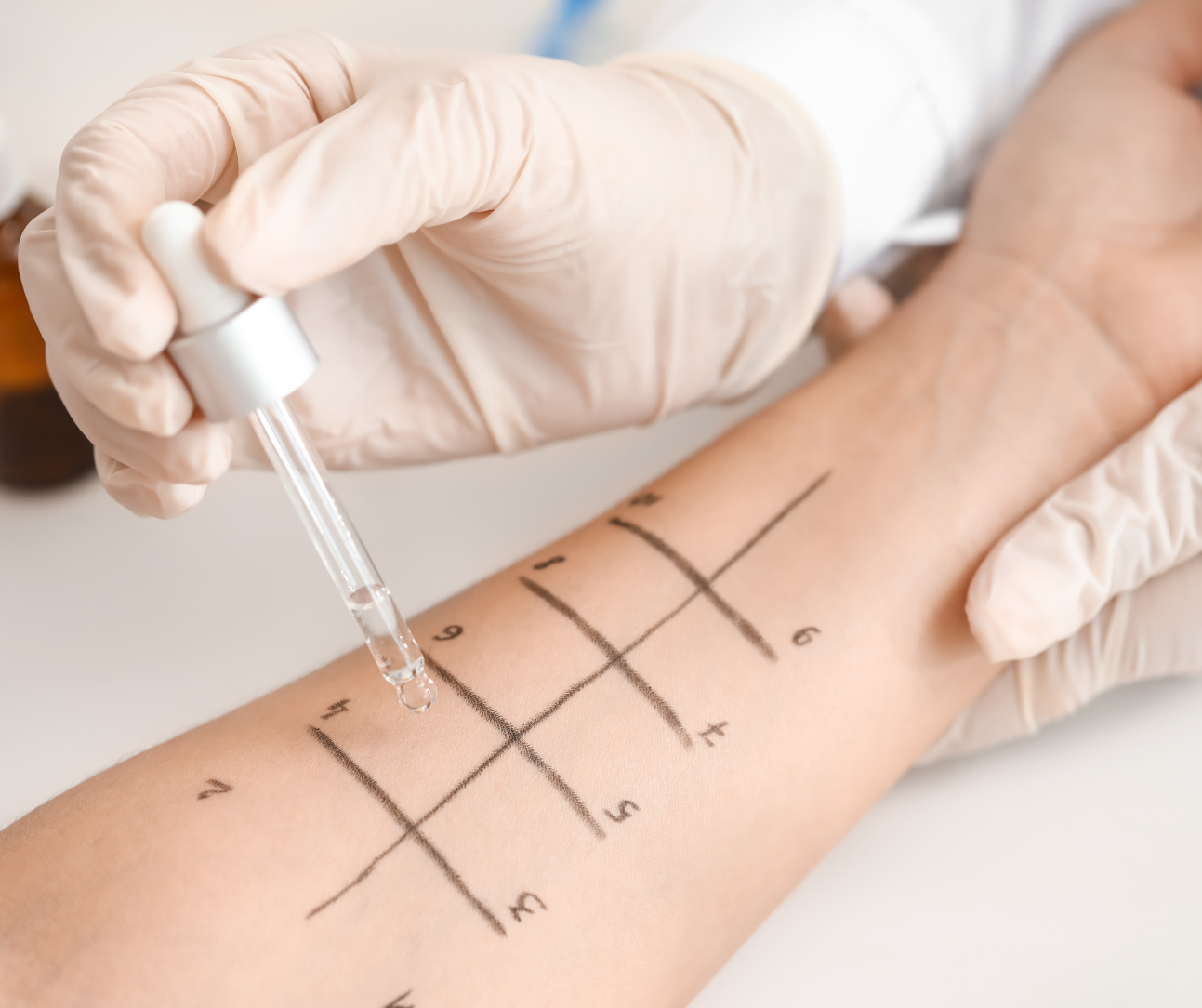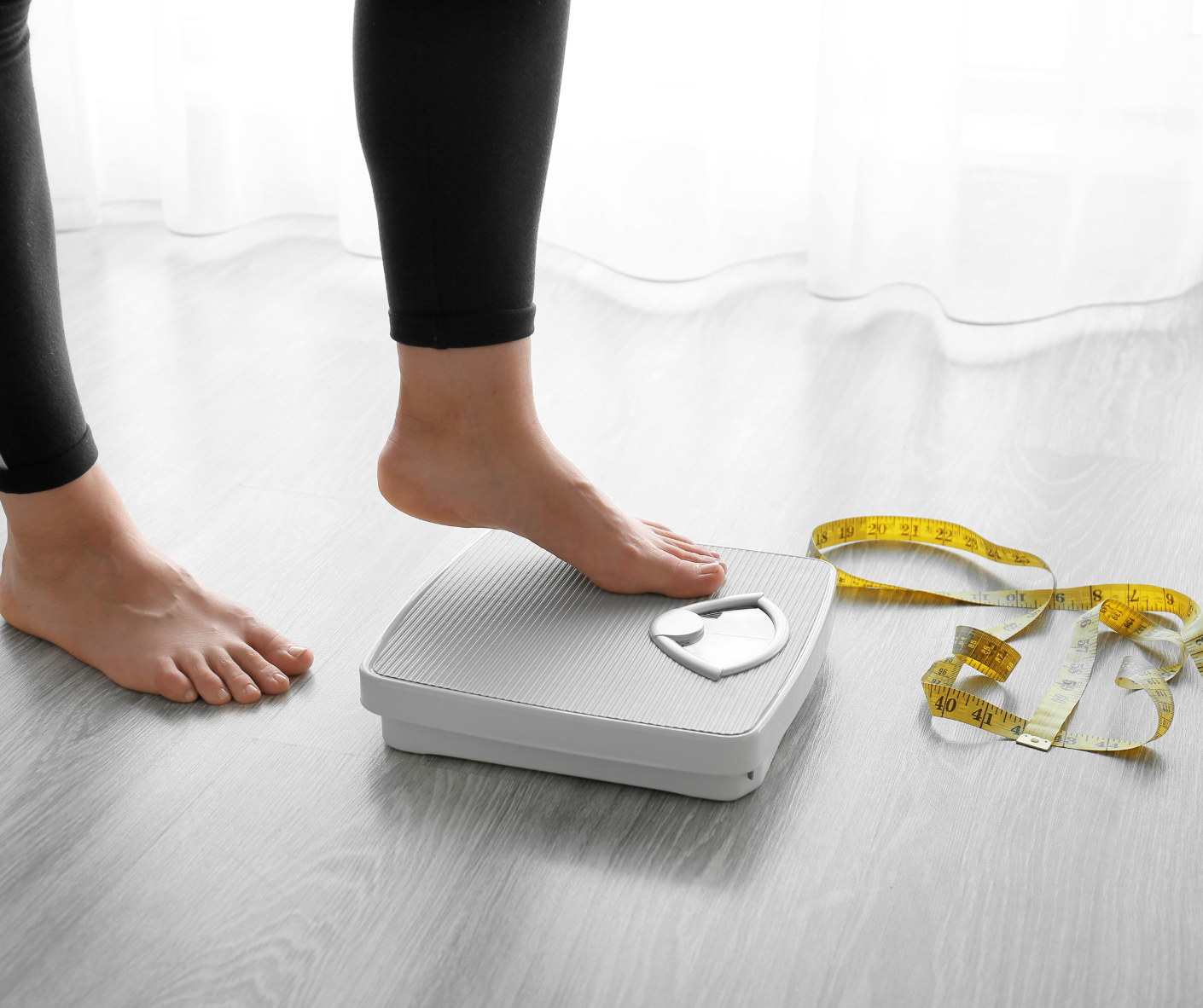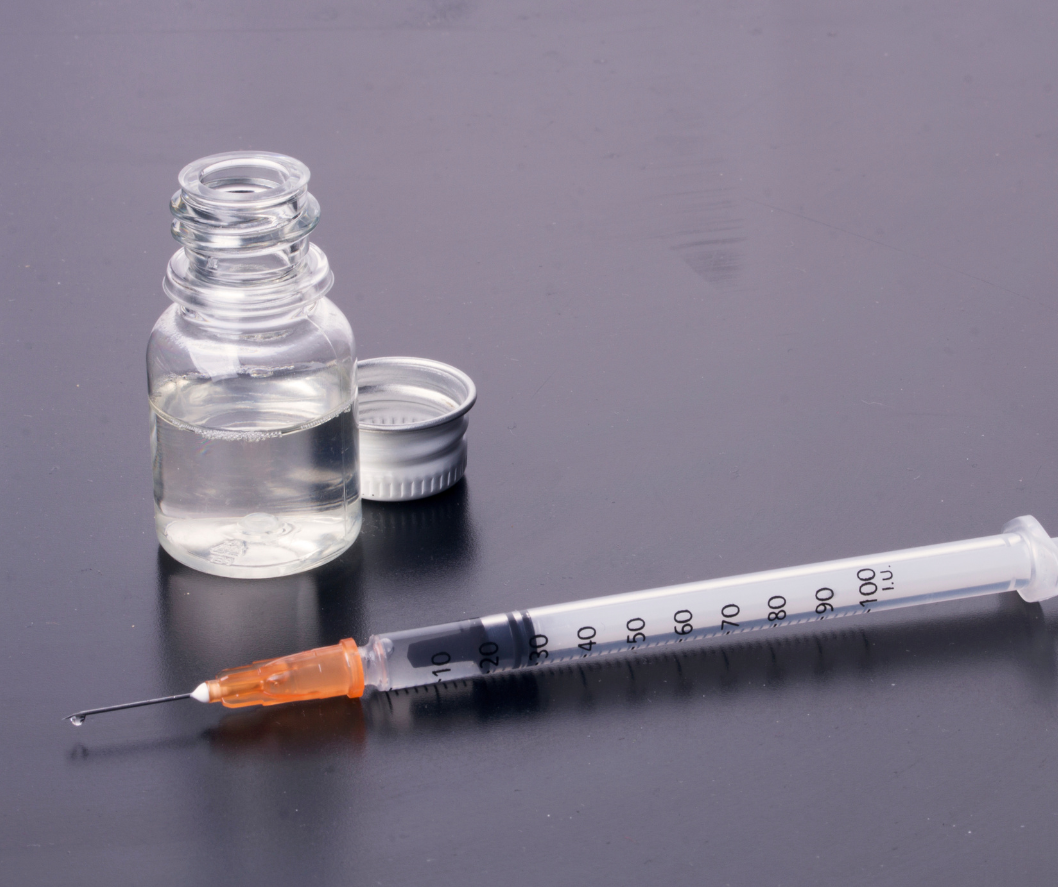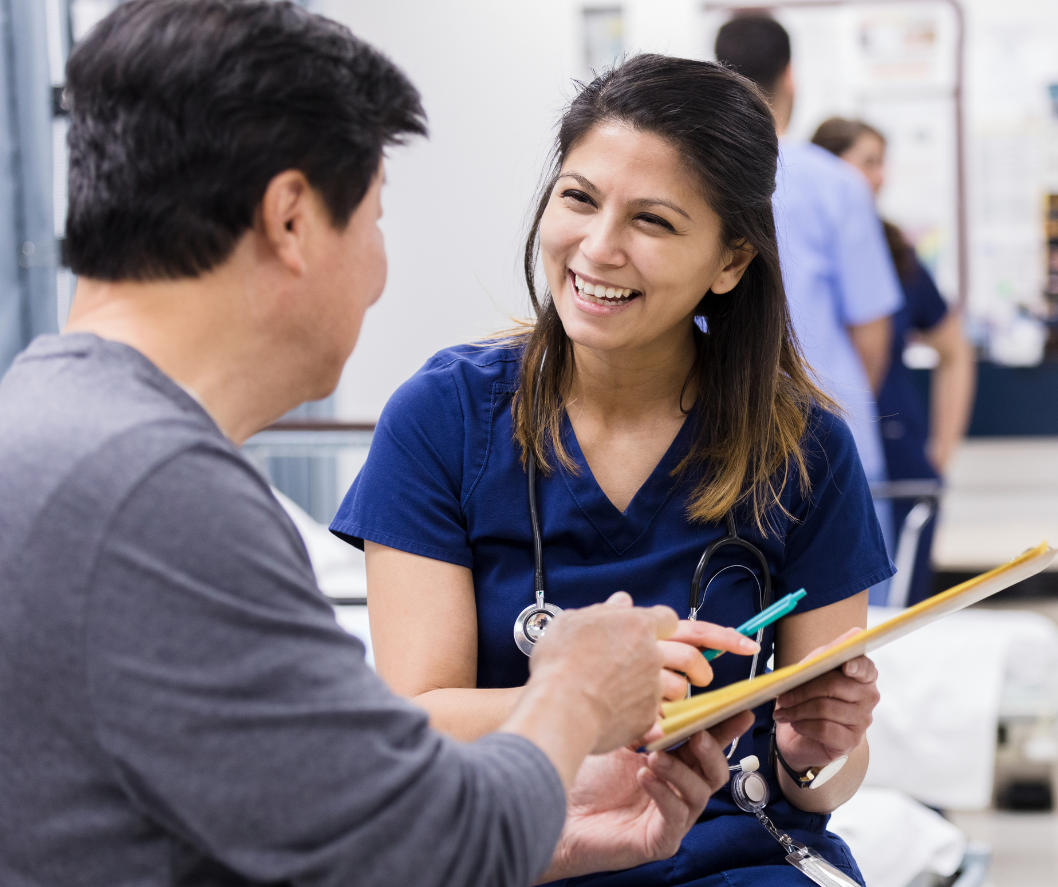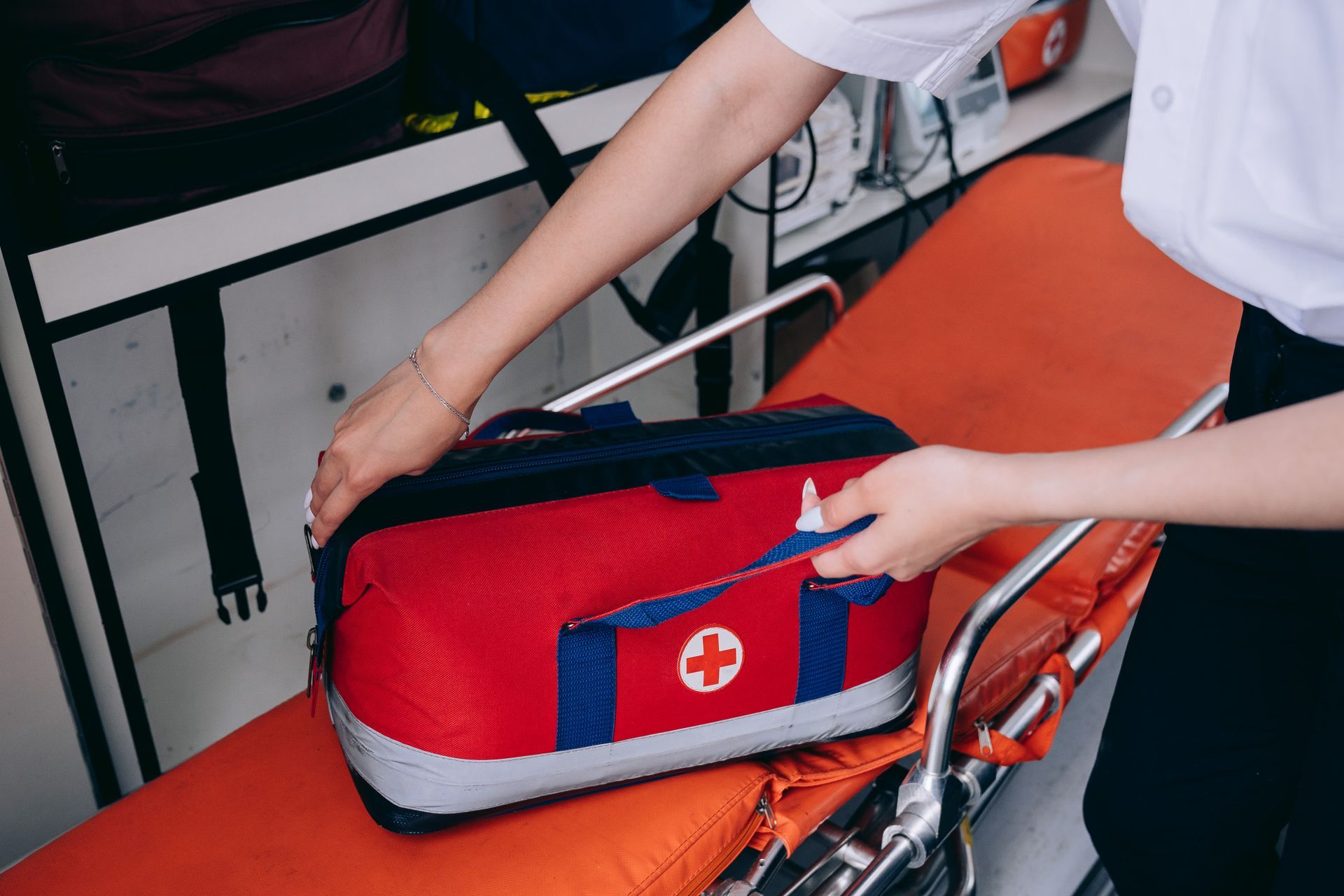Early Detection Saves Lives: The Importance of Breast Cancer Screening
Almost every woman has been affected by breast cancer in some way, whether they have been diagnosed themselves or a friend or family member has gone through treatment. Breast cancer is currently the most prevalent cancer diagnosis for women.
Increasing breast cancer awareness can help with early detection, allowing you to begin treatment as soon as possible.
This post will cover a few methods of early detection, signs to watch out for, and some contributing risk factors that could put you at higher risk for diagnosis. If you would like to discuss breast cancer resources with an empathetic medical professional, reach out to Direct Primary Care of Burleson.
Self-Examination
Breast self-exams are key to early detection. They help you become familiar with the shape and texture of your breasts. Alerting your care team as soon as you notice changes can help you receive an early diagnosis.
What To Look For During a Self-Exam
Regular self-exams will only help if you know what to look out for. Here are a few things to keep in mind:
- Any changes in your skin’s texture, like large pores in one area of the breast
- Unexplained nipple tenderness
- Swelling in one area of the breast
- Red, scaly patches
- Nipple discharge or bleeding
- New lumps or existing lumps that change shape
Clinical Exams
A clinical exam from your healthcare provider can identify lumps, unusual appearance, and other symptoms of breast cancer. Healthcare providers are trained in identifying early signs of breast cancer you may not notice from self-exams alone.
During a clinical exam, the physician will start with a visual evaluation. They may ask you to raise and lower your arms as they look for any inconsistencies like dimpling or redness.
Next, they will use their hands to check the breasts, underarms, and clavicle for palpable lumps. Some people have fibrocystic breasts, which feel very lumpy. The physician will note these in your chart.
If the physician feels a suspicious lump, they will take note of the size and shape. They will check whether it moves easily or is fixed beneath the skin. They may order additional testing if they suspect it is a tumor and not a benign cyst.
Keep in mind that just because a physician orders additional testing doesn’t mean you have cancer, so don't panic.
Breast Imaging
There are several options for breast imaging. Imaging helps medical professionals get a detailed image of the breast tissue to form an accurate diagnosis.
- Mammography
A 2D mammogram is the go-to breast imaging method. Patients should have a mammogram once per year to detect signs of cancer.
Mammograms use X-ray technology to allow physicians to see the breast from various angles. Traditional mammograms are effective at detecting breast cancer, but they don’t always catch it in the early stages. Additionally, they may not detect signs of cancer in patients with dense breast tissue.
- 3D Mammograms
Patients with dense breast tissue should ask about getting a 3D mammogram. This advanced imaging test provides a lot more images than a traditional mammogram. The radiologist can spot signs of cancer even in patients with dense breast tissue when they undergo a 3D mammogram.
- Ultrasound
A breast ultrasound is another effective test for those with dense breast tissue. The test uses sound waves to help the radiologist see whether lumps inside the breast are cysts or other masses that require a biopsy or other testing. While they are effective for examining problematic areas of the breast, they should not be the sole testing method.
Needle Biopsy
If imaging tests show suspicious results, your physician may order a needle biopsy next. It is an outpatient procedure that uses a small needle to collect samples of the suspicious area. Once the lab has the cell sample, they can test whether the area is cancerous.
A needle biopsy may sound drastic, but it is a simple way of diagnosing cancer or benign cysts without invasive surgeries that could cause you to miss work during recovery time.
Risk Factors
There are several options for breast imaging. Imaging helps medical professionals get a detailed image of the breast tissue to form an accurate diagnosis.
- Age
As people age, the possibility of getting diagnosed with breast cancer increases. Most women are over age 50 when they get diagnosed, but people decades younger are diagnosed more often thanks to better testing methods.
- Gender
Cisgender women are more likely to develop breast cancer than cisgender men. Even so, cancer can affect people of all genders. Transgender women and men should always discuss breast health with their care team.
- Fibrocystic Breast Tissue
Breasts containing a high level of cysts and dense tissue are at a higher risk of cancer. It’s harder for imaging to show signs of cancer in dense breasts. Your physician may suggest advanced imaging as a means of cancer prevention for those with dense breasts.
- BRCA Gene
Those who carry the inherited BRCA gene mutation have a higher risk of developing breast cancer. A simple lab test can test for the gene mutation. If you carry the gene mutation, your physician can advise you on the next steps for early detection.
Invest in Your Future With Breast Cancer Screenings
There are several breast cancer screening methods. The first starts with a self-exam you can do at home. Next, a medical professional will conduct a clinical exam to spot signs of concern.
If they feel any lumps or see other symptoms like redness or nipple discharge, they may order imaging tests like a mammogram or breast ultrasound.
Direct Primary Care of Burleson provides comprehensive well-woman exams to detect early signs of breast cancer in patients of all ages. To schedule an exam,
fill out the online contact form, and a staff member will reach out. If you would like to speak to the team about breast cancer awareness and get answers to further questions, call
817-968-5756.

